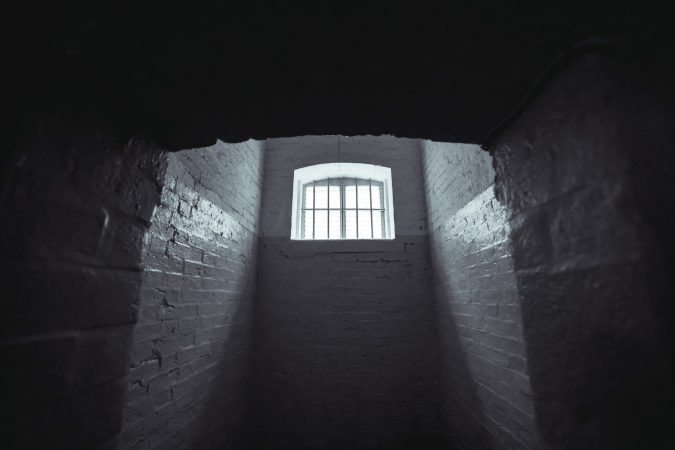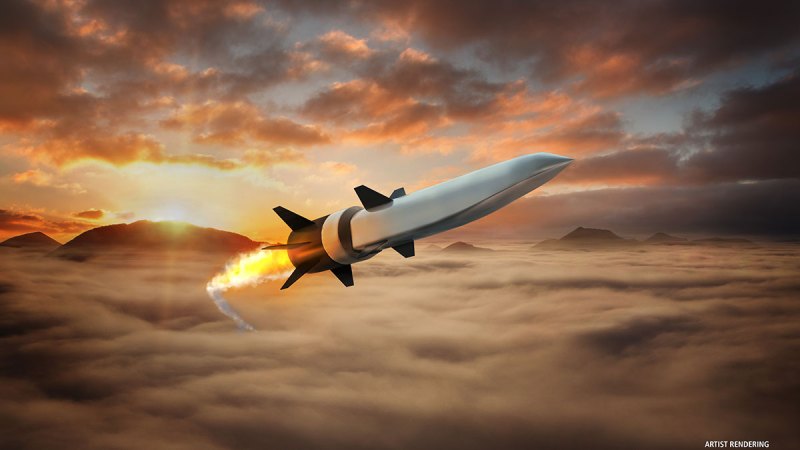There has been a lot of bluster and saber-rattling around North Korea’s missile tests lately. So what would happen if the sabers were unsheathed?
The short answer: a lot of people would die. Like, a lot.
There are 10 million people in Seoul alone, and an estimated 40 million more in the surrounding areas, which would all be vulnerable to North Korean artillery.
Now, the only likely way any of this would happen is if the North Korea threat went from credible to imminent and required immediate action by the United States, South Korea, and other allies to avert a nuclear attack or invasion.

It’s unlikely that China would defend North Korea in this case. With China’s interconnectedness, they would not be able to repeat their efforts from 1950 — the world community would simply not stand for it, and the sanctions would cripple any hopes of continued growth.
With an imminent threat from North Korea, the United States’ options would be limited. However, the first hours will be crucial. America must neutralize the threat from North Korea’s nuclear weapons.
The most viable option is going to involve large numbers of aircraft and missiles aggressively striking targets within North Korea. With little on-the-ground intel to target the missiles, Air Force, Navy, and Marine Corps aircraft are going to have to fly into harm’s way to suppress and destroy enemy air defenses and launch sites.
Following close behind the strike aircraft, Air Force B-2 stealth bombers and B-52’s armed with GBU-57 Massive Ordnance Penetrators will strike North Korean launch sites.

Should North Korea get off a shot towards South Korea, American Terminal High-Altitude Area Defense will be expected to shoot it down.
In coordination with the air strikes, Navy SEALs and operators from the 1st Special Forces Group will conduct clandestine insertions to further secure the sites and ensure their destruction.
South Korean Special Forces will seek to decapitate the regime while also securing nuclear weapons.
These actions will likely trigger a reaction from North Korea to send its army across the DMZ into South Korea.

North Korea’s artillery contingent, one of the largest in the world, will unleash a barrage reminiscent of World War I on any targets within range.
Leading the charge right behind the artillery barrage will be thousands of North Korean tanks and armored vehicles. While antiquated, their sheer numbers will pose a problem for American and South Korean gunners.
The defense of South Korea will largely fall on the ROK Army. Although the United States maintains a large military presence in South Korea offensive ground forces consist of only a single rotating armored brigade combat team.
Therefore, simultaneously with the launching of the air strikes, units around the Army and Marine Corps are going to receive notifications for deployment.
In 18 hours or less, the 2nd Ranger Battalion will be wheels up from Joint Base Lewis-McChord, followed closely by the 4th Brigade Combat Team (Airborne), 25th Infantry Division from Alaska.
Alerted simultaneously, the 82nd Airborne Division will push out its Global Response Force brigade.

Meanwhile, every brigade on the west coast and across the Pacific will be alerted for action. Air Force transports from across the country will be diverted west to begin preparations for movement. Air Force fighters will converge on Japan and Korea to bolster the units already there.
Any Marine Expeditionary Units operating in the Pacific will immediately set a course for the Korean peninsula to bring Marine aviation and ground combat assets to bear. At the same time, 1st and 3rd Marine Expeditionary Force units will receive their alert and begin preparations to deploy to Korea.
It is also likely that many of America’s allies in the Pacific, such as Australia and New Zealand, would alert their militaries and provide a contingent for the conflict.
On the ground in Korea, the situation will likely be a mess. With little time to prepare, ROK Army and U.S. Army troops will be fighting desperately against the human wave that is the North Korean Army flowing across the DMZ.
Ranging far in front of the conventional forces, North Korean Special Forces will be conducting sabotage, raids, ambushes, and the like deep behind the front lines sowing confusion and fear into the rear areas.

Bolstered by the arriving Rangers and paratroopers conducting combat jumps right into the front lines, the Allies will be able to stymy the North Koreans. But without further armored support they will have to fall back.
Outnumbered by at least two-to-one, Allied forces will not be able to hold at the DMZ, or likely, anywhere near it. Using Seoul, and the Capital Defense Command as an anchor, the allied line will stretch across the peninsula roughly along the 37th Parallel.
Overhead, American and South Korean fighters will be having a turkey shoot. Air superiority is assured in a rather short amount of time as the fledgling North Korean Air Force is shot out of the sky or destroyed on the ground.
Meanwhile, Navy ships and Air Force bombers will continue to pummel known targets and seek to eliminate Kim Jong Un.
As more units arrive on the peninsula and enter the fray, the North Koreans’ early gains will quickly be reversed. Short on food and fuel — their supply lines interdicted — their military will quickly disintegrate in front of the onslaught of a joint combined-arms offensive. A-10’s will have a field day with North Korean armor.

The early disruptions caused by North Korean Special Forces will end as they are rounded up and eliminated.
In short order, and as more Army and Marine Corps units arrive, the joint effort will roll into North Korean territory.
Defectors will be prevalent but paramilitary forces will slow the offensive as the regime’s true-believers seek to start a guerrilla campaign. However, simple offerings of comfort, such as food, to such a forlorn population may be sufficient to effectively defeat any remnants of resistance.
The Kim regime will be dismantled and families divided over 60 years ago will be reunited. Though facing a numerically superior enemy, and likely suffering large numbers of casualties early on, the superior training and technology of the Allies will win the day.










